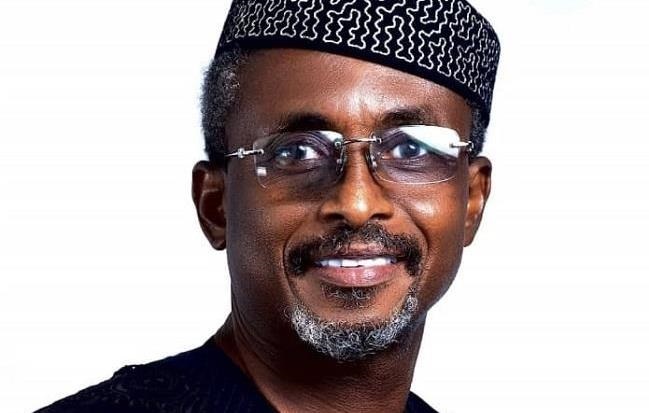The news making the rounds on social media about the acquisition of the fast trains from Milwaukee by Governor Sanwo-Olu for the Lagos Redline Mass Transit is most heartwarming. It shows the sincerity of the Sanwo-Olu Administration to walk its talk and keep to the promises made to the electorate. This will go a long way to building trust and belief in his government.

Previous administrations have made such promises and have reneged. The disturbing aspect is not their failure to keep their promise, but the culture of silence that follows thereafter.
The discourse today is not about the promises kept but the perception of the world on the quality and standard of living in Lagos.
The liveability index ranks cities based on more than 30 qualitative factors across five broad categories: Stability, Healthcare, Culture & Environment, Education, and Infrastructure.
In the last quarter of 2021, Lagos was ranked as the second-worst city to live, in in the world. According to the Economic Intelligence Unit (EIU), Lagos State has been ranked 139 out of 140in the list of most liveable cities in the world.
According to the report, Lagos is only next to Damascus, Syria as the worst city to live in in the world! The protracted war in Damascus could explain its unliveability and the non-observance of the rule of law. How do we explain away Lagos? Even Tripoli, Libya ranks higher than Lagos! There must be something patently wrong with Lagos to earn such a status.
The aftermath of the Endsarscrisis may have contributed to the breakdown of law and order, but this must not be allowed to fester for too long as it will become injurious to the economy because of the reduction in the foreign direct investmentflow into the state.
Curiously, a first-time visitor to Lagos through the Murtala Mohammed Airport may have his heart in his mouth and will be filled with fear and trepidations with this information about Lagos.
He is inundated with unsolicited felicitations from the moment he disembarks from the plane, through the passport control and the baggage pick up.
Transportation is one of the indices under Infrastructure in the liveability index is not a strong point at the Murtala Mohammed Airport. It is extremely difficult for a first timer at the airport to navigate his way from the Airport to his destination without any form of assistance.
The signages at the airport are not adequate. There is no organised Airport Shuttle, Train Shuttle, or Car Rentals as expected in such an international airport.
Moving luggage to the car park or passenger pick up location is so hazardous and inconveniencing, with the distance and state of the road surface offering serious resistance to the movement of the trolley.
The visitor leaves the airport and is pleasantly surprised at the long, well-paved, beautifully lined multi-lane driveway with streetlights and various trees adorning the stretch of Airport Road leading to the Oshodi-Apapa Expressway.
The visitor’s first concern driving through this beautiful highway, is the sight of pedestrians scampering across the highway at various points squeezing themselves through the spaces between the concrete median and the streetlight poles. Meanwhile, the well constructed pedestrian bridges suitably located at convenient points along the highway are empty!
This bitter-sweet experience is further heightened as he gets unto the Apapa-Oshodi Expressway. This rigidly paved concrete highway has unmarked lanes. Commercial yellow buses are lined up, taking one lane out of the three lanes of the highway as a passenger pick up station, whilst an Iconic Bus Mega Station is located less than 250m away!
As he goes past this Iconic Mega Station, that is all dusty and begging for maintenance, he sees heaps of silt dug up from the drain between the three-lane highway and two-lane service route, reducing the road carriage on the highway to two lanes instead of three.
Worse still, slow moving and articulated vehicles are driving at the outermost left lane of the highway, whilst fast-moving vehicles struggle to meander their way through.
Short ladders are seen placed against the 1.5m high concrete median to allow pedestrians to cross the expressway, whilst the pedestrian bridges are empty.
This experience of a first timer may not however justify Lagos to be ranked as the second-worst city to live in the world.
This discourse will be continued in the subsequent articles and will look at the other factors under the following categories: Culture & Environment, Infrastructure, Security, Healthcare and Education.
By Gbenga Onabanjo (Founder/Chief Responsibility Officer, Go-Forte Foundation)
